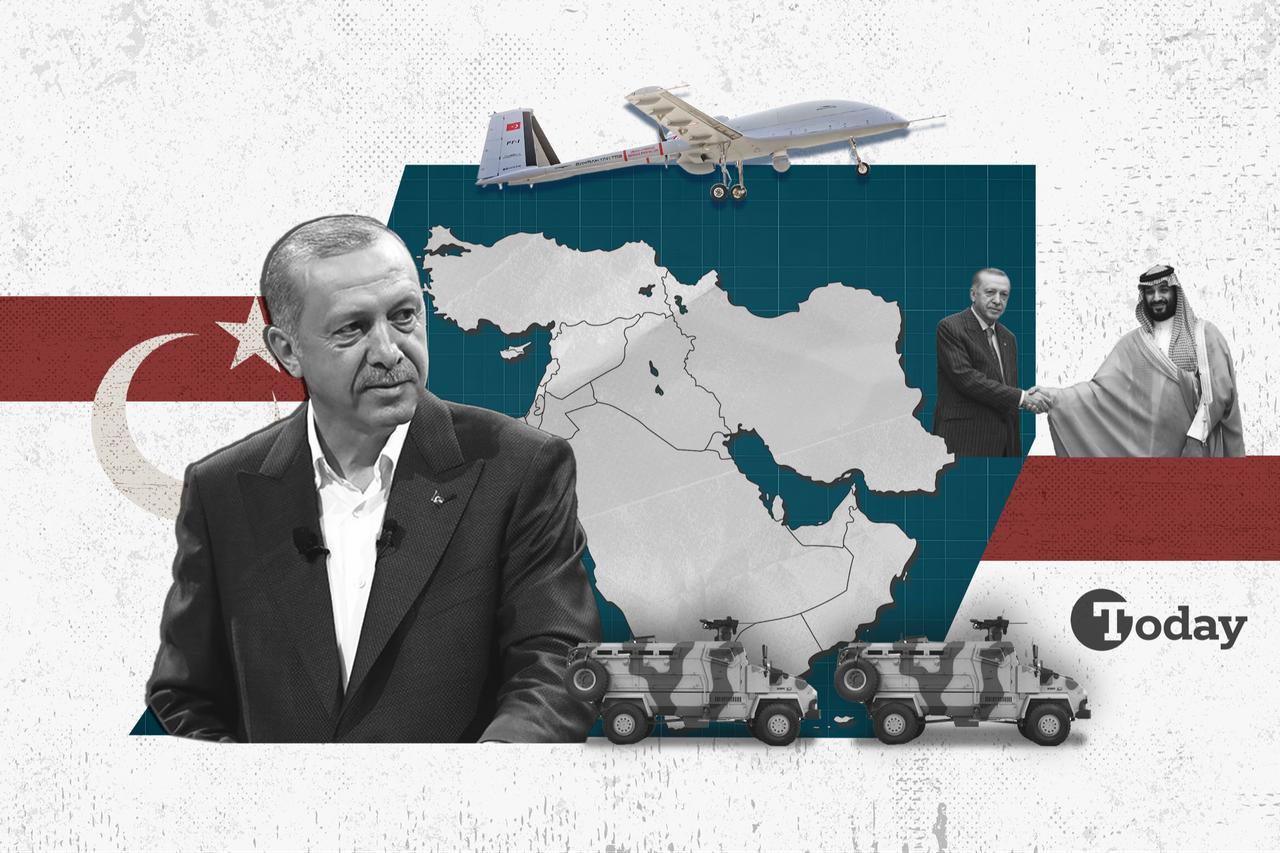
When the Arab uprisings first erupted and reshaped the Middle East, three distinct camps quickly emerged. Türkiye and Qatar backed revolutionary forces. Saudi Arabia and the United Arab Emirates—often with tacit support from Israel—sought to restore the status quo. Iran, meanwhile, focused on expanding its "Shia Crescent."
More than a decade later, the region’s dividing lines appear to be shifting. Instead of revolution versus restoration, could the real fault line now be statehood versus weak states?
The Abraham Accords were once hailed as a breakthrough in regional politics, with many in Washington hoping they would pave the way toward a lasting regional order.
Yet the Gaza war has called that assumption into question. Since Oct. 7, the Middle East has been thrown into another period of turbulence, with escalating conflicts in Syria, Iran, Lebanon, Yemen and Gaza.
Israel systematically decimated Hezbollah, dismantled Syria’s strategic military capacity, and degraded Iran’s missile and nuclear capabilities.
But beyond the immediate army campaigns, Israel’s broader strategic vision seems clear: to be surrounded by weak states incapable of challenging its power.
Here, a paradox emerges. Israel’s objectives in many ways overlap with those of Iran. Tehran’s approach relies on undermining central governments to expand its network of proxies across the Levant.
By sustaining chaos, Iran empowers its non-state partners. Israel, in turn, benefits from fragmented neighbors unable to mount a collective response.
Does this mean Israel and Iran are aligned in their interests? Not exactly. Despite these points of convergence—in Gaza, where neither favors a functioning Palestinian government, or in Syria, where both have contributed to destabilization—they remain bitter adversaries and actively work against each other.
If Israel and Iran, for very different reasons, are contributing to weakened states, what about the other side of the equation? Arab states and Türkiye increasingly emphasize the opposite: reinforcing statehood.
Saudi Arabia's Vision 2030 and Türkiye’s policy of "regional responsibility" both hinge on strong central governments as the key to stability and connectivity.
Could this point to the emergence of a Middle Eastern alliance for statehood—a counterweight to forces of fragmentation?
The answers are not yet clear. What is becoming clear is that the Middle East may be entering a new phase, defined less by ideological divides and more by the struggle between those who benefit from weak states and those who see strong statehood as the cornerstone of stability.
More in the next column.